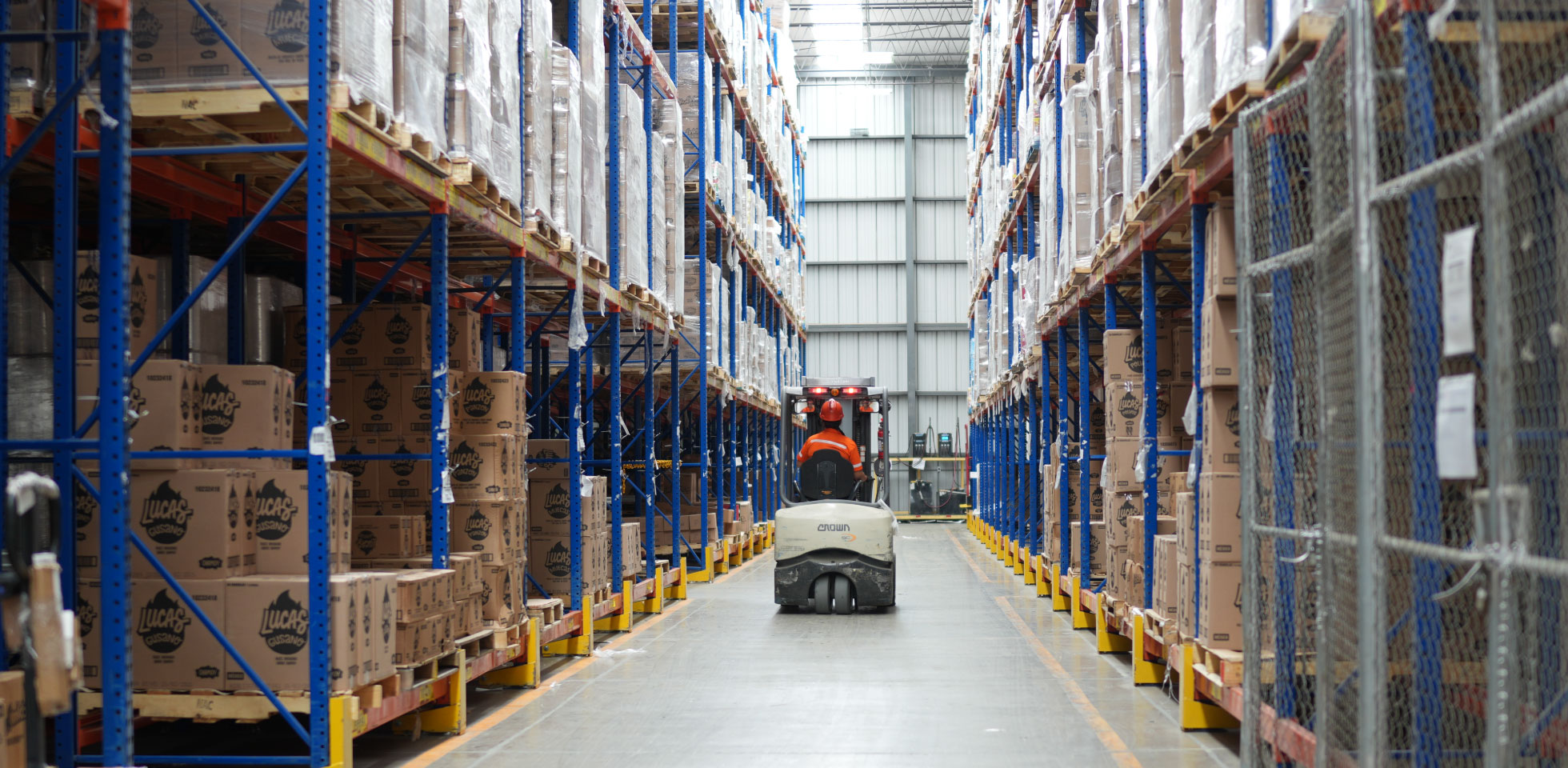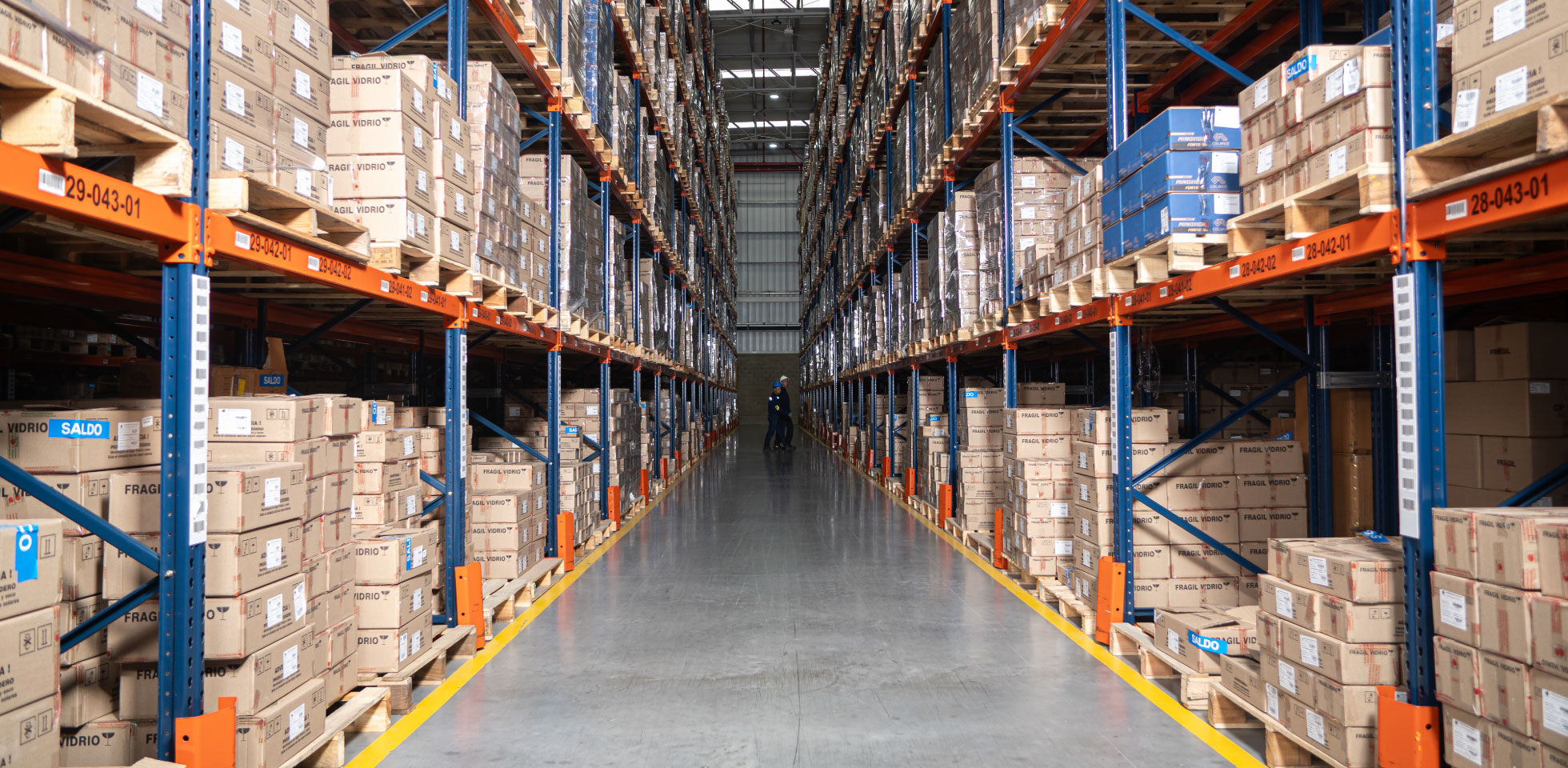Africa is split into 5 economic regions, each with different expectations for growth and specific conditions for building infrastructure, necessary for developing a competitive logistics sector.
Because of this inequality, we cannot see the country as a homogeneous market since there are clients with specific needs in each of its 54 countries. This has created a growing demand for logistics among manufacturers and retailers that aim to expand their operations and improve their supply chains and transport networks.
During the past decade, globalization and technology have created new opportunities for internationalization, boosting the supply chains and competitiveness in Africa which, as a developing continent, offers unexploited opportunities for multinational corporations that wish to venture into virgin markets.
Currently, the most important countries in terms of logistics are Algeria, Angola, the Democratic Republic of Congo, Egypt, Ghana, Kenya, Mozambique, Nigeria, South Africa, and Tanzania. Some of them own the most important ports in the continent: Barra do Dande and Lobito in Angola, Lekki in Nigeria, Musoma in Tanzania, and Lamu in Kenya.
Africa has a vast amount of natural resources, such as oil, gas, minerals, and agricultural products. Generally speaking, infrastructure in Africa is behind when compared to that of other continents’, and there are differences even among its own regions: on one hand, South Africa still has a good infrastructure despite having the lowest annual growth, and on the other hand, Nigeria and Kenya have shown some of the highest growth rates in the past years.
Close to 90 per cent of Africa’s trade is carried out by sea, which makes its ports crucial for supply chains despite being small as per global standards. Some ports currently under construction across the continent will need to be modernized to face the large volume of trading expected from the growth in population and economic development.
African ports’ activities center on the transfer of loads since they are located on strategic regions for world trade. Johannesburg, Nairobi, Lagos, and Cairo are considered the most important developing logistics centers in terms of volume of cargo.
The logistics sector is increasingly relevant for the development of properties in Sub-Saharan Africa because of the increasing demand on space for retail warehousing and the manufacturing of consumer goods. This is consequence of the expansion of the middle class, the growth of consumer markets, and the increase on online sales. Some Middle Eastern developers from Kuwait and Dubai are even planning to build a network of logistics centers across the continent.
This growth in e-tail and the widespread use of smart devices have boosted the use of drones as potential tools for helping logistics companies overcome the challenges of transport infrastructure.
North Africa
The political instability of some countries makes territorial integration inappropriate in the short term, at least.
Domestic markets are predominant in this zone since there is little interaction among regions, which has led to a stagnation in exports. The economy is highly dependent on mining, which represents a third of the Gross Domestic Product (GDP).
Morocco is a stable partner. Meanwhile, Egypt and Algeria are the countries with the highest production values, but they are known by how little they interact internationally and because they lack developed logistics corridors.
West Africa
Farming is still one of the main activities in this region. The region’s potential market is relevant mainly because of how close metropolitan areas are.
Nigeria will soon become a major logistics center for West and Central Africa and is now seen as one of the world’s fastest growing economies thanks in part to its exports of crude oil, to the fast expansion of the middle class, and to having half of the population living in urban areas. All these factors make it an appealing country for retail investors. In fact, with its Vision 20: 2020(1) goal, Nigeria aims to claim a spot among the 20 largest economies in the world by 2020. Despite the challenges deriving from inadequate infrastructure, Nigeria will continue being a major destination for investors and suppliers of transport and logistics.
Meanwhile, Ghana and Liberia are becoming major gateways to West Africa’s market since they offer favorable business environments.
South Africa
The region’s economy focuses on mining and trading. South Africa, unquestionably, leads this region, followed by Angola. The production of the remaining countries is considerably less.
East Africa
We can say this zone has the most structured and regulated market in Africa. The countries with membership in the East African Community (EAC) —Burundi, Kenya, Rwanda, Uganda, Sudan, and Tanzania— show the highest level of commercial integration. Ethiopia, Somalia, Djibouti, and Eritrea are about to join this community.
Central Africa
Almost half of the Gross Domestic Product in this region comes from mining with Sudan as its main contributor. Confectionery is relevant, mainly in the Democratic Republic of Congo, thanks to the joint economy with Central Africa.
Challenges of transport infrastructure
The challenges Africa is facing in the supply chain are not that different from those the rest of the world is facing:
- Increase in risks
- Globalization and the impact of technology
- Pressure to keep costs down due to the growth in competition
However, the greatest logistics challenge consists in overcoming Africa’s deficient transport infrastructure, which has hindered the growth of several logistics markets because road and rail links between economic centers are uneven. Even though there is a network of roads they cannot be used as trade routes because some parts are yet to be built and other parts are deteriorated. This makes moving loads in Africa two or three times more costly than in developed countries.
Currently, main projects include a standard gauge railroad connecting Kenya, Uganda, Rwanda, and South Sudan; and a rail circuit across West Africa linking Ivory Coast, Burkina Faso, Niger, Benin, Togo, and Nigeria.
Africa shows a sustained growth in GDP, population, and development, making it a great target for imports and exports, although some zones are more appealing.
To make the best of this, we must consider the differences and conditions of each region, so we can settle on a comprehensive strategy foreseeing commercial and logistics factors.
For example, Ethiopia’s real Gross Domestic Product (GDP adjusted for inflation), grew by 10,2% between 2009 and 2016 according to a report published by the UN. We can unquestionably see this country as Africa’s largest economic miracle since as recently as 2000 it sported one of the harshest poverty rates in the world. 56% of its population had to survive with US$1.25 a day according to a report published by the World Bank.
With a real GDP of 6,9% in 2016, The UN foresaw an increase in this macroeconomic indicator by 2018 and claims it will by around 7.5% in 2019. Thus, Ethiopia is expected to lead East Africa in terms of growth in real GDP.
In short, the region must develop logistics solutions that deactivate the challenges, even more so when considering that retail markets will grow greatly in the next few years. However, to ensure commercial success we must study the products beforehand and the target markets. Efforts must focus on improving safety, increasing transparency, combating corruption, and improving infrastructure mainly. To achieve this, there are ongoing projects to improve transport networks.
 *This blog was originally published on June 10 2019 and modified on April 3 2022.
*This blog was originally published on June 10 2019 and modified on April 3 2022.






